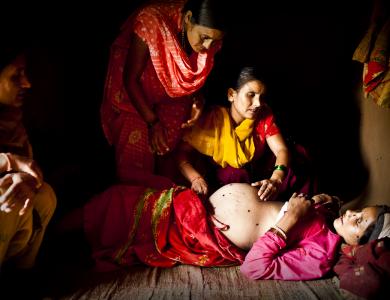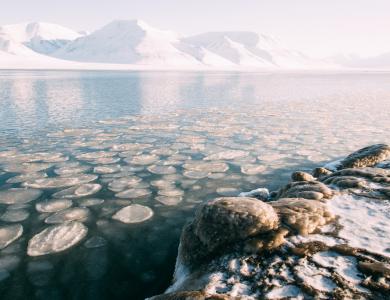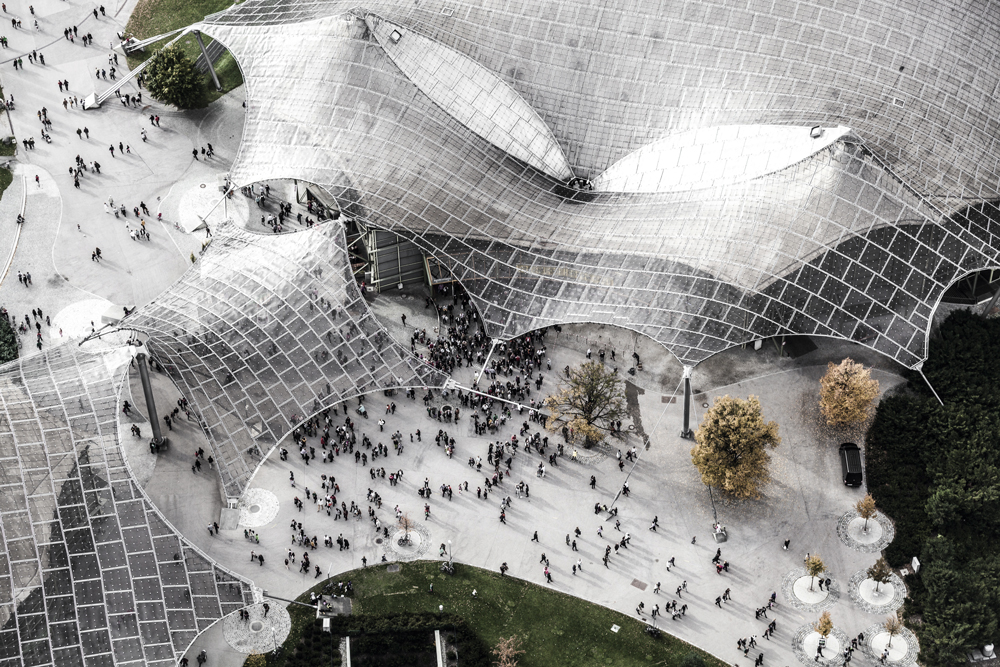
theprintspace’s Ameena Rojee speaks to Chris Hudson, Group Art Editor for National Geographic Traveller. In the interview, she finds out the dos and don’ts of getting commissioned by publications, and what it is that a commissioner looks for. Read on to find out more!
Hi Chris, thanks for taking the time to answer our questions. Let’s start at the beginning - please introduce yourself. Who are you, what do you do, where are you from and where are you now? Tell us about your typical workday
Hi, I’m Chris and I’m the Group Art Editor at National Geographic Traveller. I’m the creative lead of the team and am responsible for all of our output across print, online and events. I’ve worked in travel for over 9 years and have been a designer and art editor for nearly 12 years. I started with a degree in graphic design and soon found myself in magazine publishing. Since then the publishing landscape has changed a hell of a lot and we now find ourselves in an industry that is a truly multimedia environment, which is great as a creative. It gives me a real opportunity to figure out new and exciting ways of interacting with our audience using the creative ability I have.
A typical day can be spent art directing, editing, designing, sitting in forward-planning meetings – always busy, but incredibly varied. Working across different mediums also means I’m turning my hand to new things all of the time – recently I had a day where I worked up labels for jasmine tea tins, produced large scale banner artwork and sent a magazine to print, all in the space of a few hours!
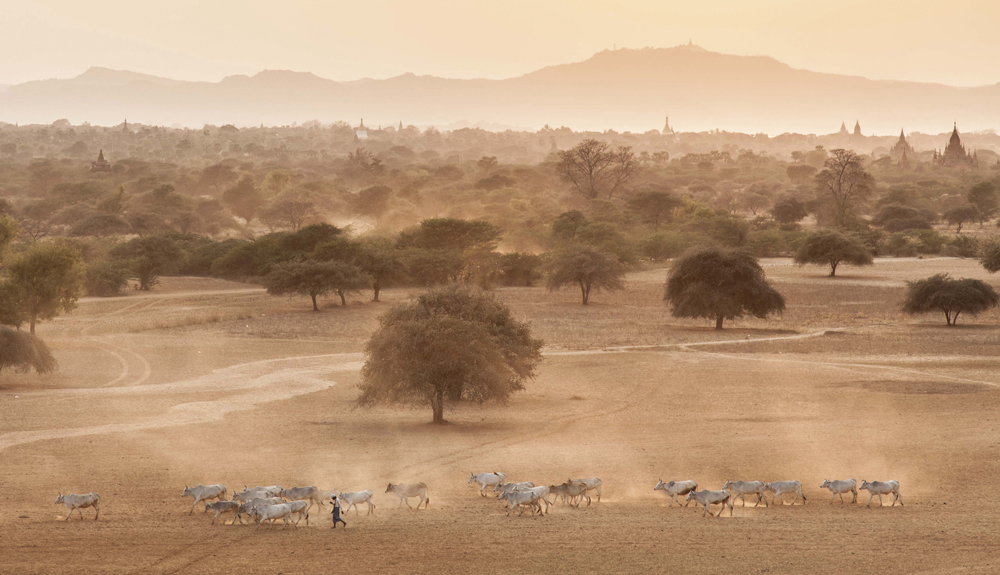
What’s your story? How did you get involved in the creative industry?
I guess I took a pretty straightforward route into the industry; through a degree and then a very lucky and swift jump into a full time role. I appreciate it’s not always that easy, especially in the market nowadays, and try to find time and work with people who are looking for that break. I worked for a pharmaceutical publisher to begin with – not the most interesting of subject matters, but a place where I really learnt the values of strong page layout and gaining a great eye for photography.
What do you find is most important when you are commissioning photography or photoshoots for the magazine, generally?
There are a few important factors that would come into play, especially when working with new photographers or ones we don’t have too much experience working with. It’s important for us to get a real feel for a photographer’s style and character before we decide what they might shoot and what kind of fit they would be for a story.
So understanding and almost being able to pre-empt the photography they might come back with is important. Obviously a clear brief is especially important when working with new photographers, so we need to know the destination or subject matter inside out beforehand too. A shot list really helps us and so we find it very important to work with a writer to establish a tone and angle to the story to enable us to devise the list that will in turn help the photographer.

Can you take us through a typical photoshoot commission routine from beginning to end?
A commission routine can quite often start around 6-8 months before a magazine hits the shelves. Before this, a writer will have been commissioned to cover a destination and may or may not travel, or have already travelled, before we pick it up and make initial contact. At this stage we would hope to have a good idea of which photographers are where in the world – if we have photographer located locally or that may be travelling already can often help lower the cost and make it more workable for the photographer.
We would then approach a photographer (or photographers, if we struggle for availability) and once they take it on they would go away and try and figure out how they might get there, stay, get around and so on. In the meantime we would devise a shot list, compile a full brief, get the photographer and writer to connect if needed, and then most importantly work out a schedule between travelling, shooting and submitting images that will allow us to have pictures and copy ready to lay to page in good time.
Our commissions are increasingly taking on more than just the photos to feature in the magazine alongside the feature – often we work with photographers to do an Instagram takeover (either while on assignment or shortly afterwards), prepare some answers to a Q&A about the shoot that goes on our website, and then also be thinking of an online gallery that we will collate after we have sent the magazine to print, as an added bonus online for our readers.
Once the photos have been submitted we’ll work in layout and then ask that they provide final corrected imagery along with detailed captions before the magazine goes off to press.
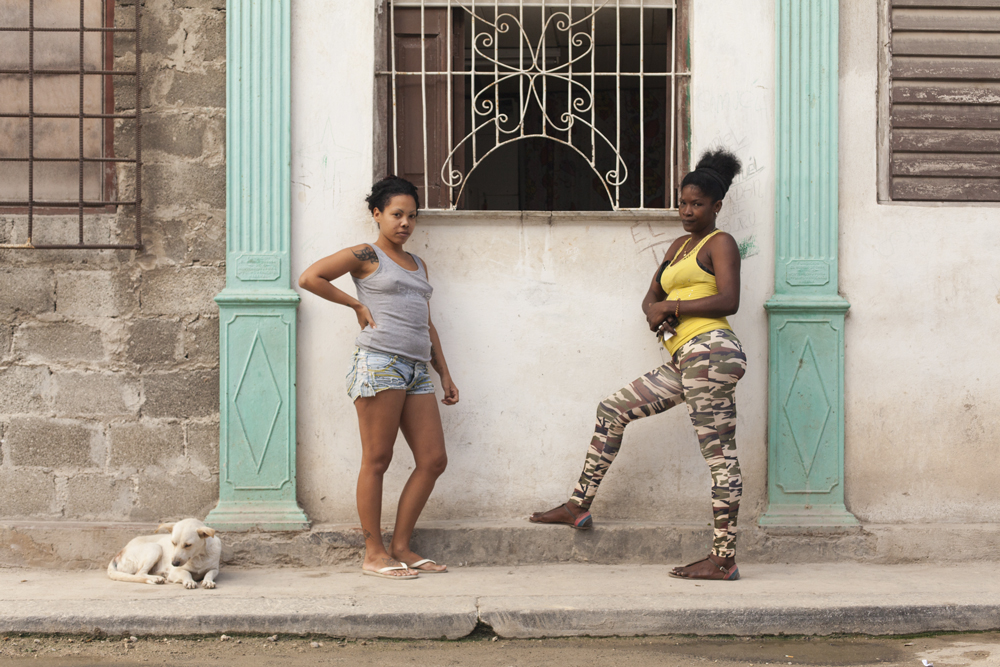
Imagine you’re on the other side of the commission; if you were a photographer looking to be commissioned, what would be some things you do and don’t do?
I could talk for hours on this! We receive upwards of 20-30 emails a day from photographers who want to work with us, and unfortunately only a tiny percentage of them would ever be contacted. Obviously we have a pool of photographers who we work with, but this isn’t to say we’re not looking for more. Often, photographers will pitch in ways that just don’t engage. I would strongly suggest that photographers really get to grips with the magazine they pitch to, understanding the tone and style of photography, and potentially prepare a sample of how their work might look in a feature format. We get inundated with pitches, some of which, believe it or not, don’t even include a photograph or a website to look at – there’s no way on earth we’d follow up on that even if the idea sounded great or their travel plans tallied with our features list.
I’d say, in summary, that the first contact needs to be really showing off the photographic talent you have, demonstrate how it fits with our magazine style and have some suggestion of where they might be travelling, ideas they might have for shooting, and above all, be punchy and concise – you need to grab our attention!
Can you tell us about one of your favourite photoshoots or commissions?
We’ve had so many that have come out so well, and often it’s so difficult to narrow down a submission of 300 images into 10 photos for print. One photographer we love working with is Richard James Taylor, as he always manages to capture photographs that give a real feel for a destination and sum a place up while also focusing on the specifics the writer covers. His recent trips to Burma and Hungary to shoot for us were incredibly successful – in Burma he had a great subject matter but in Budapest he managed to cover a lot of ground in a visual sense and gave a really good account of the city in such a romantic tone.
Finally, what inspires you?
Travel photography is incredibly inspiring in its own right, but as a designer I’m inspired by the most random things every day – living and working in London gives me a great melting pot of visual media that I can translate into my work. Often it’ll be something very random – a typeface on an advert on the side of a bus; a colour palette in a DIY store; a logo design on a TV show. I think it’s very important that culture finds a way to inform the work you create, regardless of the source.


